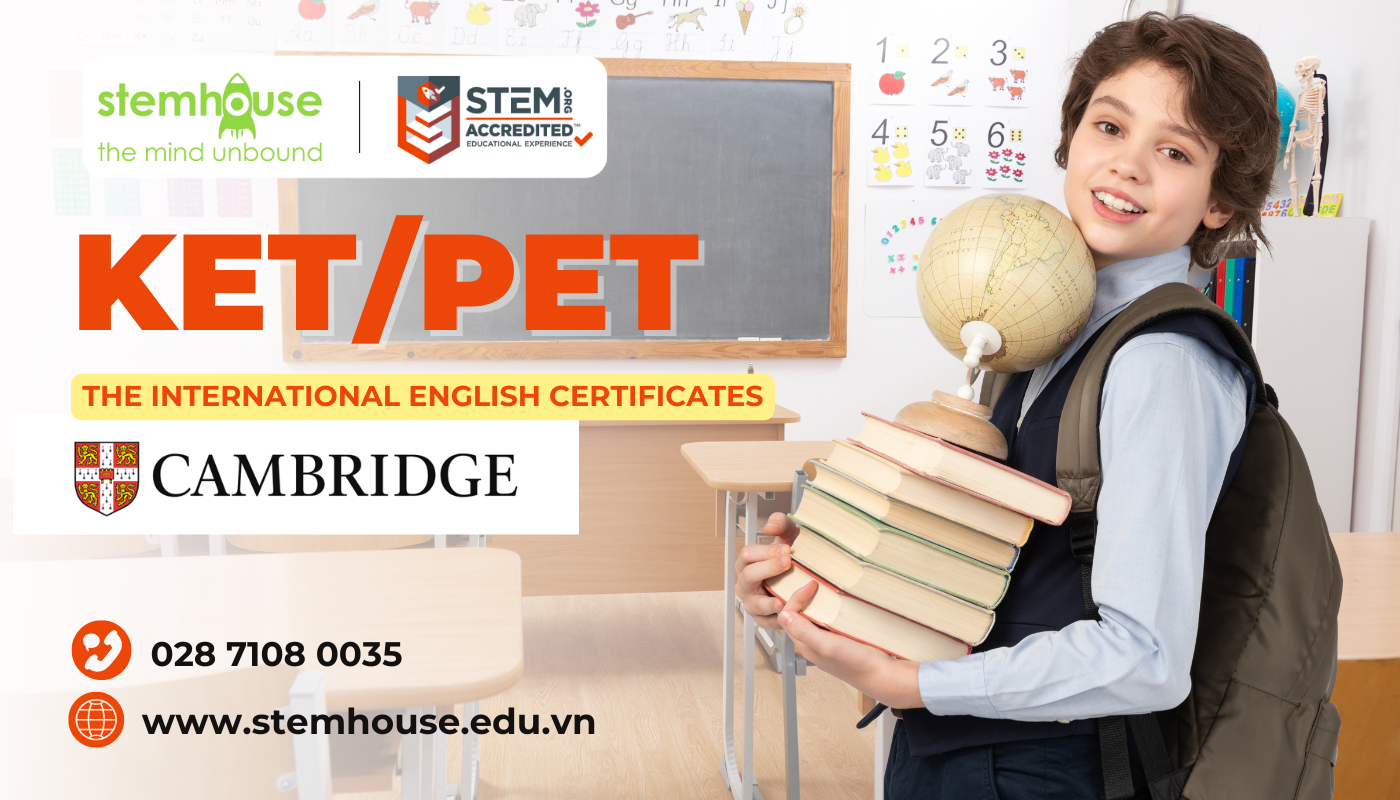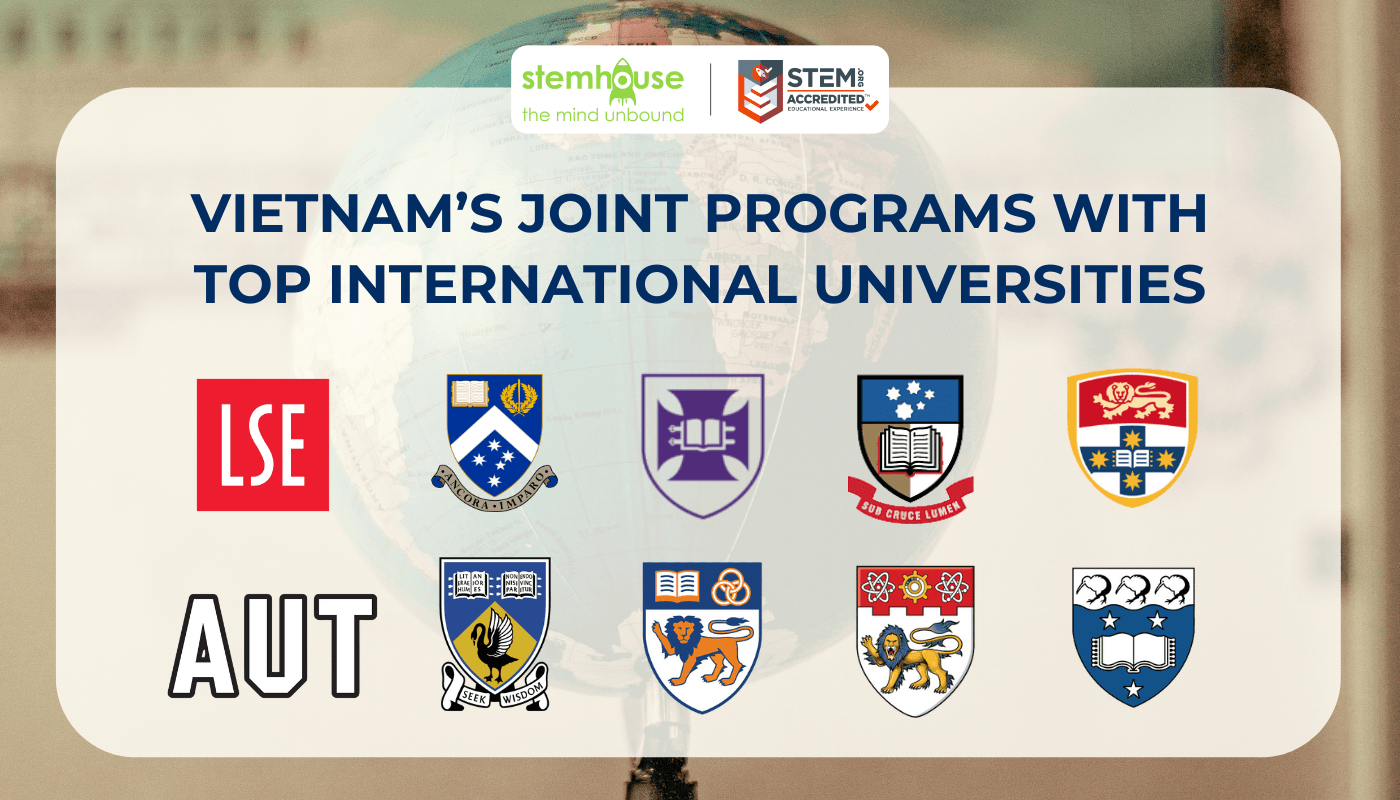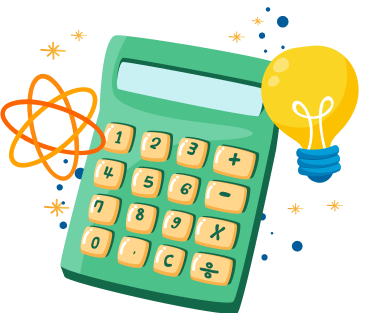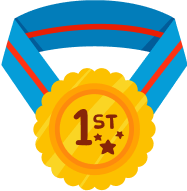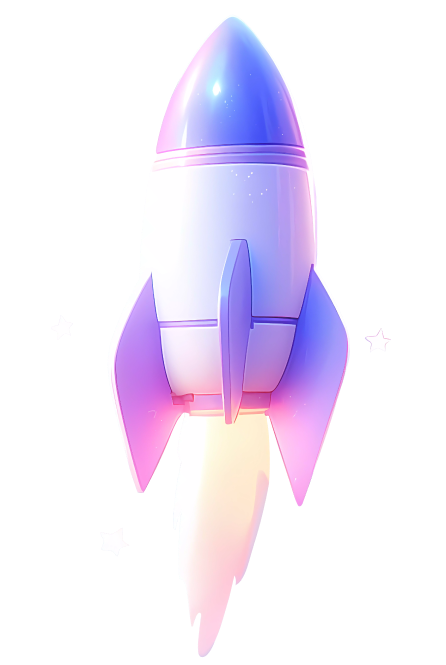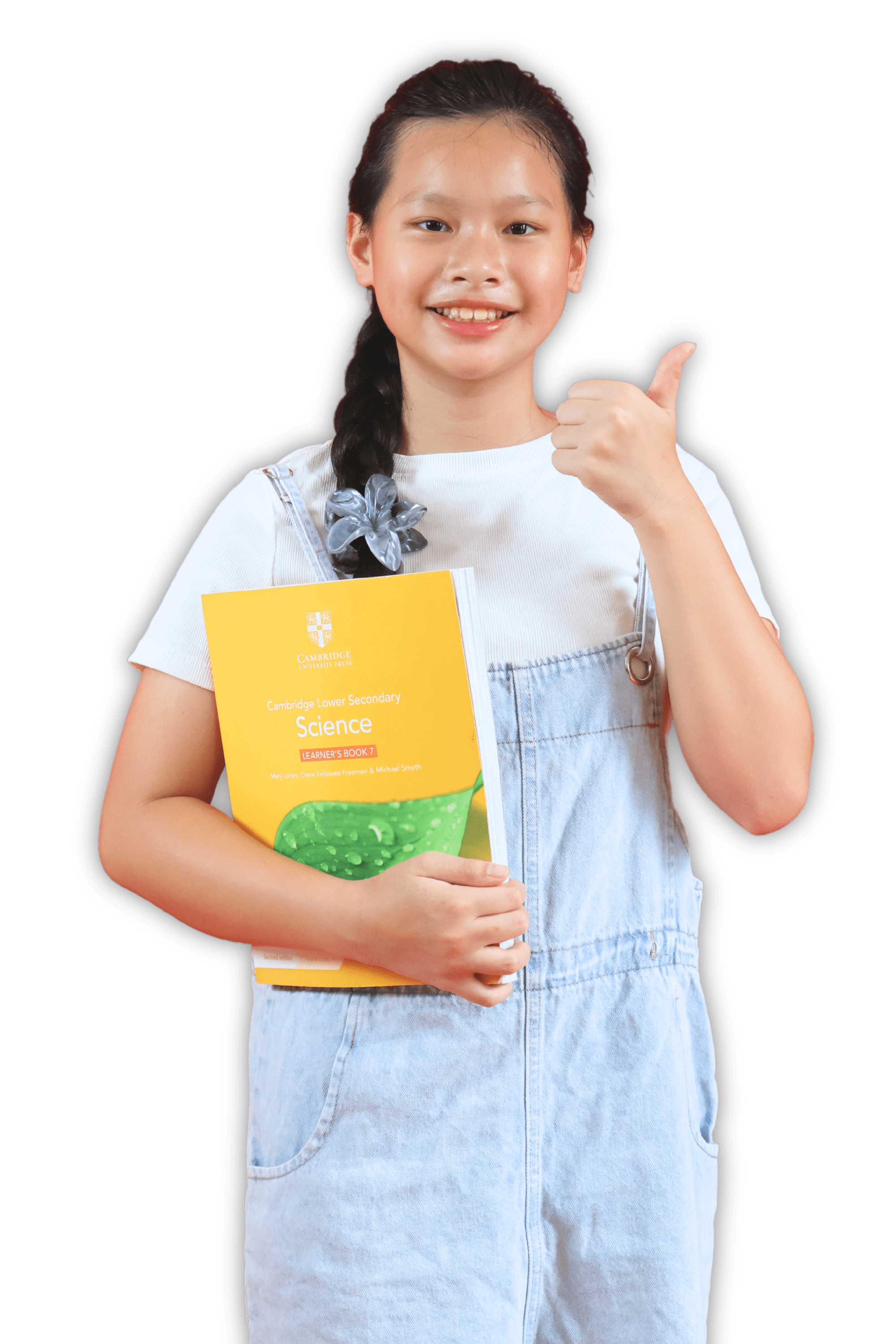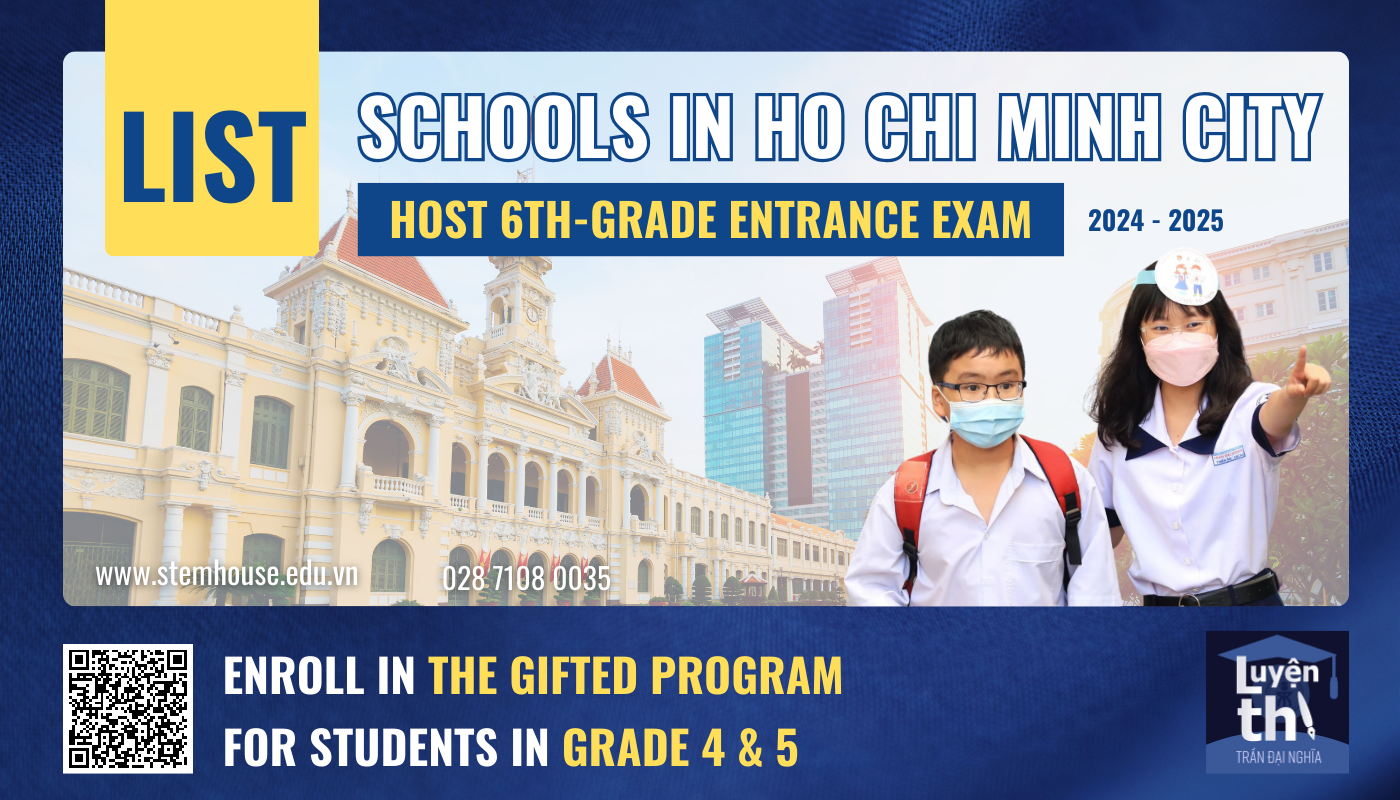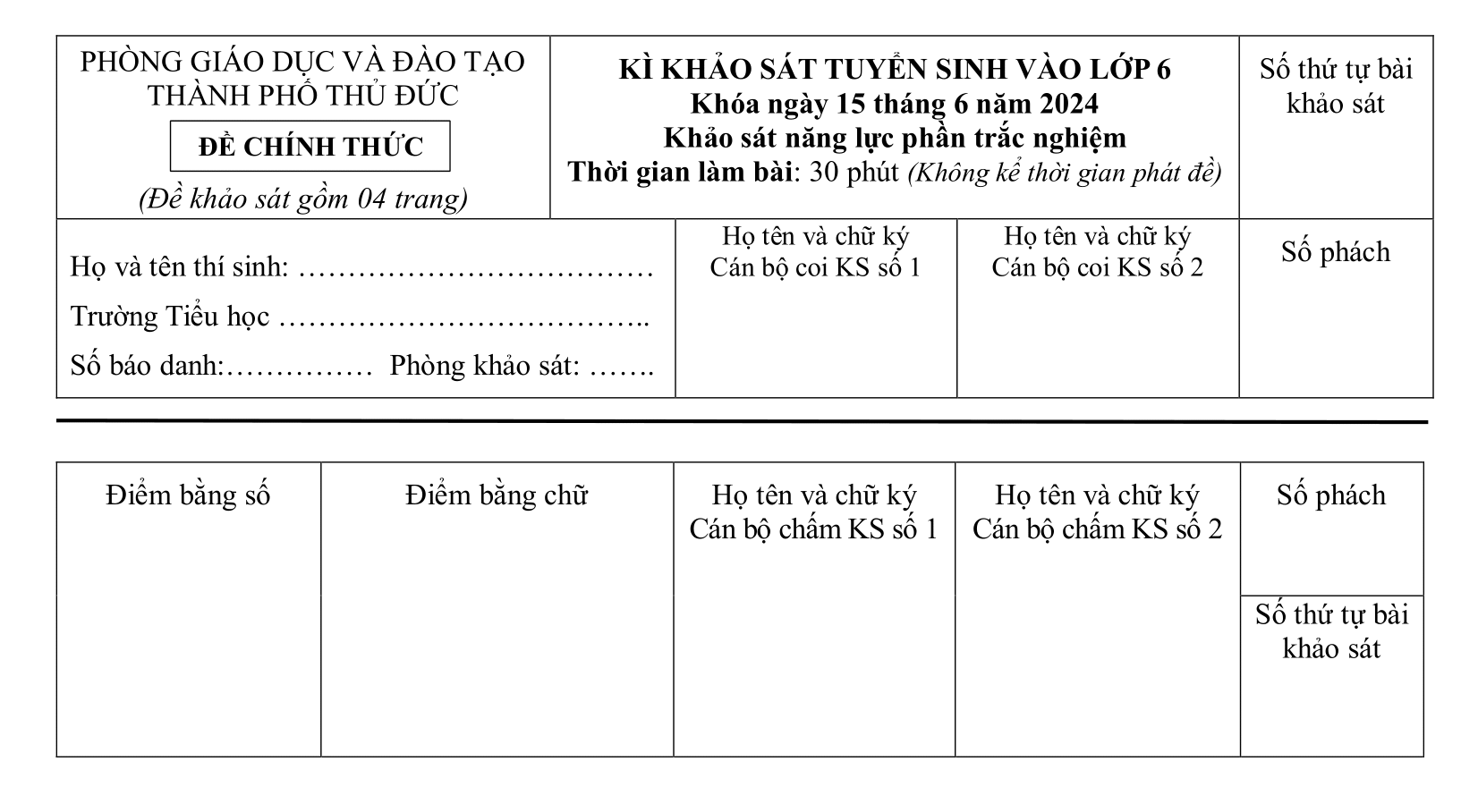THE 5E INSTRUCTIONAL MODEL

Science, English and Math at Stemhouse is taught according to the 5E model, based on constructivism theory of learning, whereby learners build knowledge from experience. Through understanding and reflecting on the activities experienced, both personal and social, learners can integrate new knowledge with previously known concepts. There are 5 steps to implement teaching according to the 5E method:
Engagement
Through diverse activities, teachers attract students’ attention and interest, creating an atmosphere in the classroom where students feel connected and connected to previous knowledge or experiences.
Exploration
Students actively explore new concepts through concrete learning experiences. Teachers provide basic, foundational knowledge or experiences before students can directly explore and manipulate prepared materials or tools. For each specific activity, students will perform activities such as observing, doing experiments, designing, and collecting data.
Explanation
Students are able to present, describe, and analyze experiences or observations obtained in previous activities. In this step, the teacher will introduce new terms, new concepts, and new formulas, helping students connect and see the connection with previous experiences.
Elaborate
This is the stage of applying the knowledge learned to practice and applying the knowledge learned in the Explain step, helping students clearly understand the problem and use the skills proficiently. and can be applied in diverse situations and circumstances in the environment and life.
This is also the difference in the curriculum at Stemhouse, which is to focus on hands-on activities accounting for nearly 50% of the learning time to help children understand lessons and know how to apply theory to solutions. Solve real problems and create products for daily use, etc.
Evaluation
The 5E model allows for formal (in the form of tests) and informal (in the form of quick quizzes) assessments. Teachers will observe students through small group or large group activities to see interactions during the learning process. From there, identify the cognitive process and abilities of each student, thereby providing appropriate adjustment and support directions for students, helping students achieve the set learning goals.
Each step represents a stage of student knowledge acquisition. Accordingly, inquiry, research and thinking are integrated throughout the learning process. With this way of learning, students will have the opportunity to understand the theory naturally; Completely opposite to the memorization method like traditional teaching. In addition, hands-on activities make students very excited and passionate about learning. This is very important because children will always do well at what they really love.
Furthermore, children’s skills are honed and become more and more proficient over time such as skills of observing, designing, assembling, testing, comparing, classifying, conjecturing, collecting data, measurement, decision making, teamwork, communication, active debate, multi-dimensional thinking, etc.
Image of a Science lesson of IPB class, topic about rocks in the living environment.
Popular Posts
